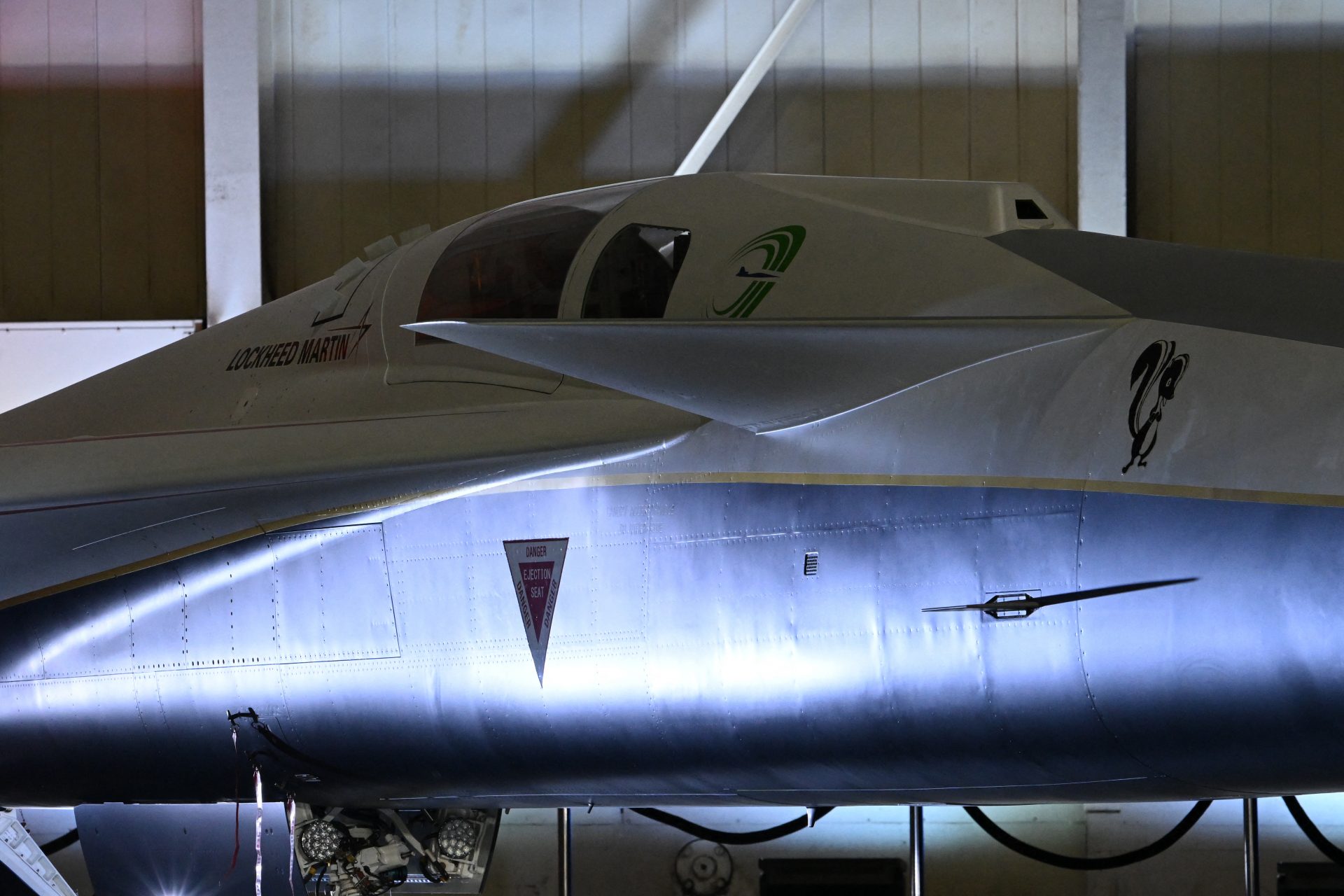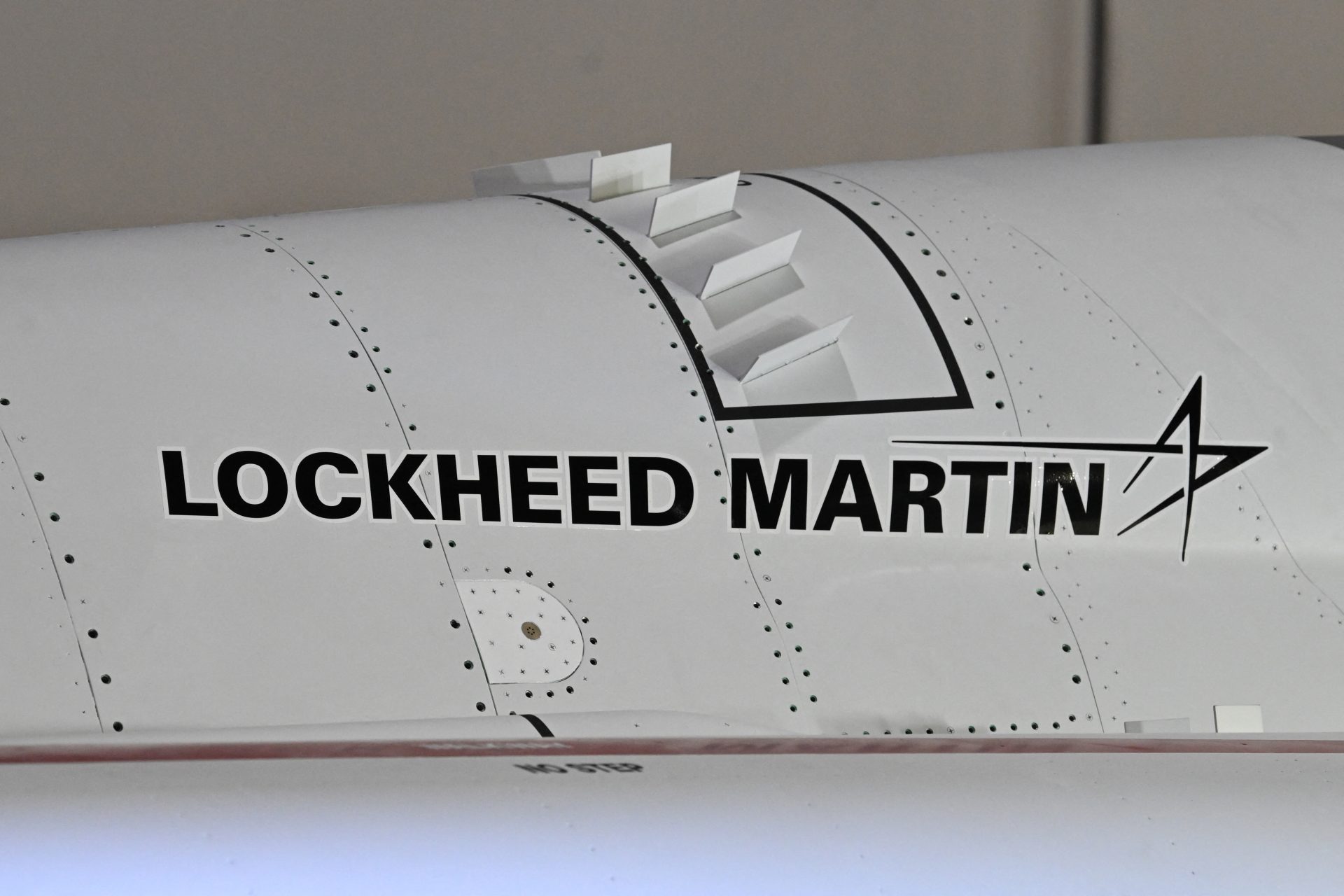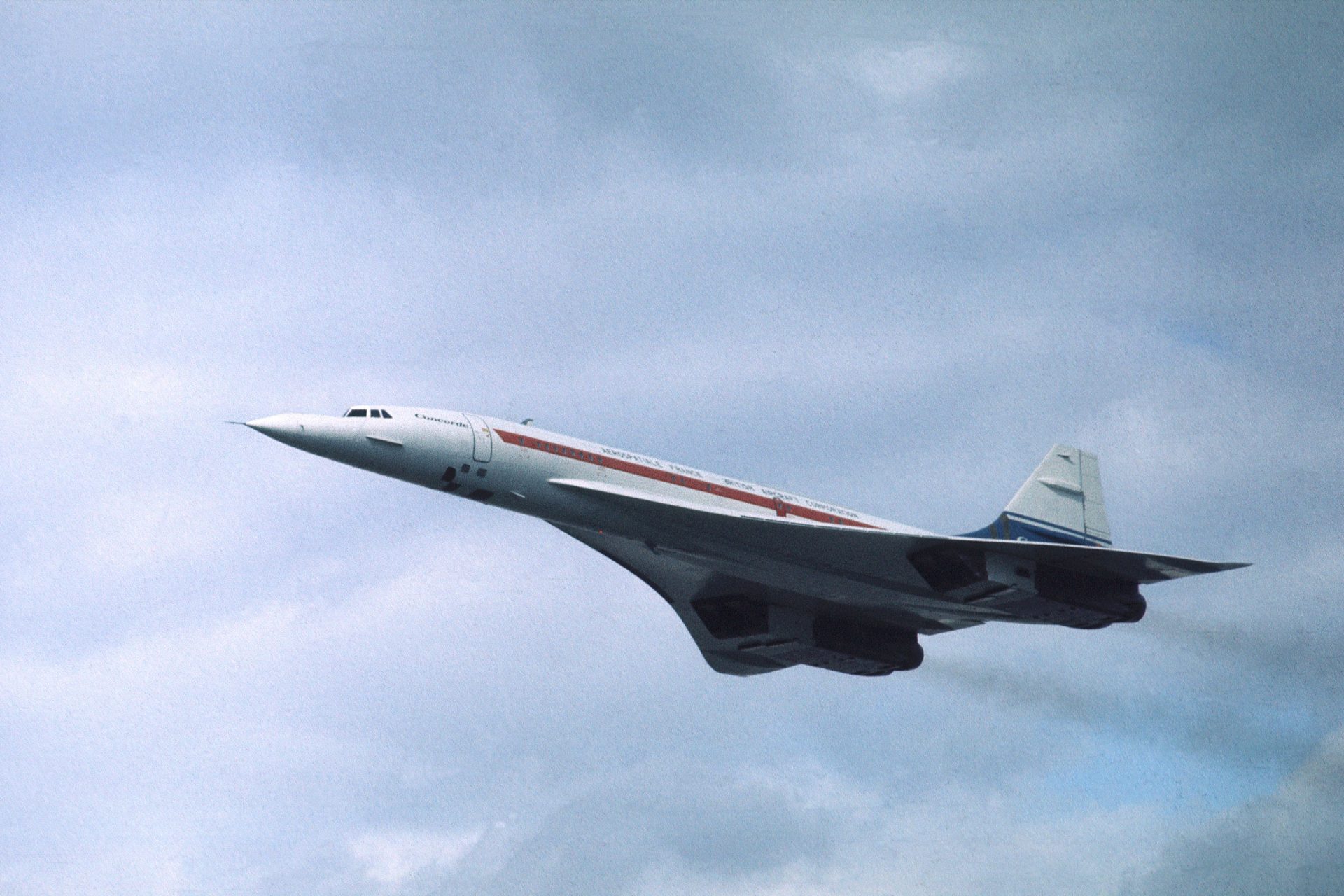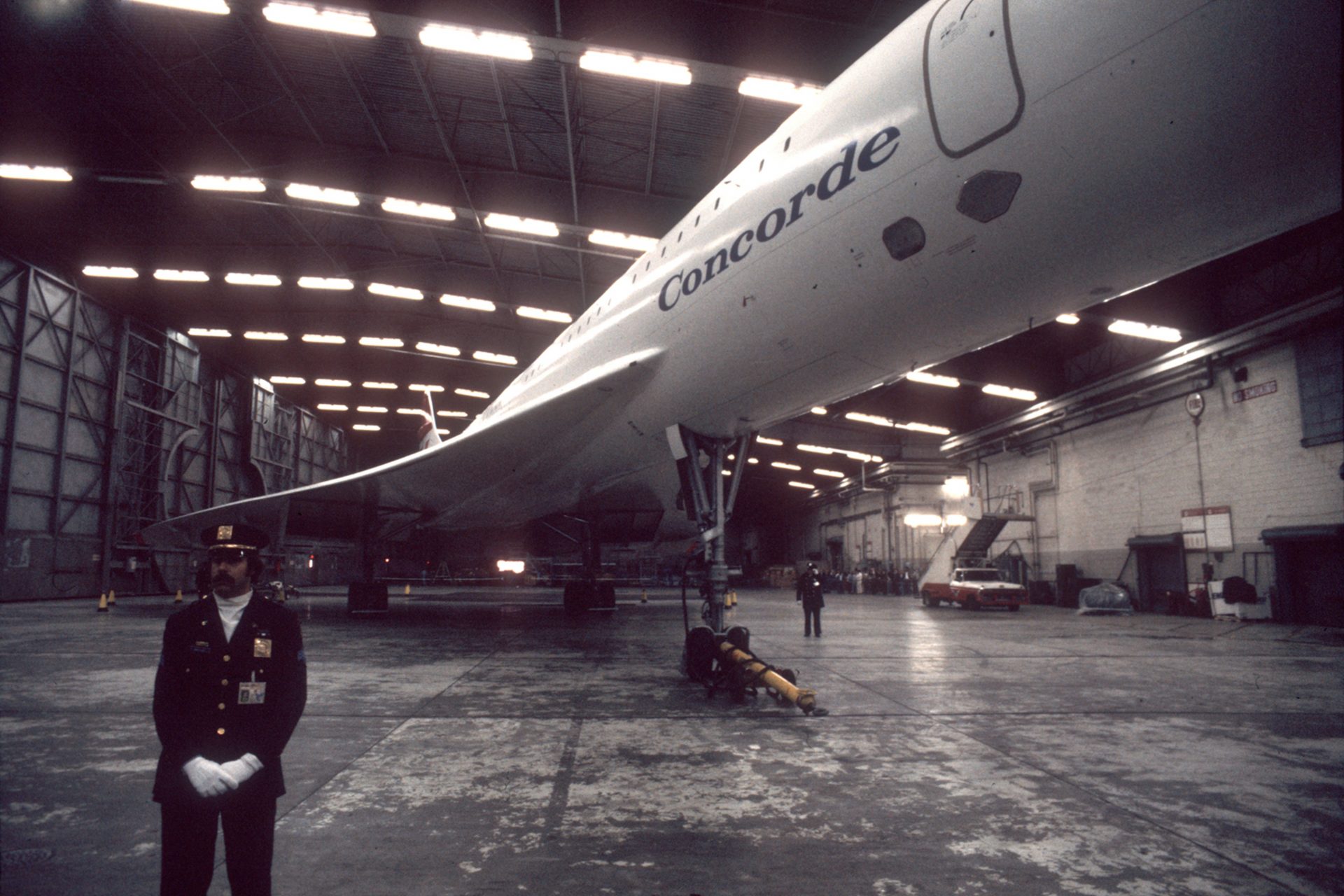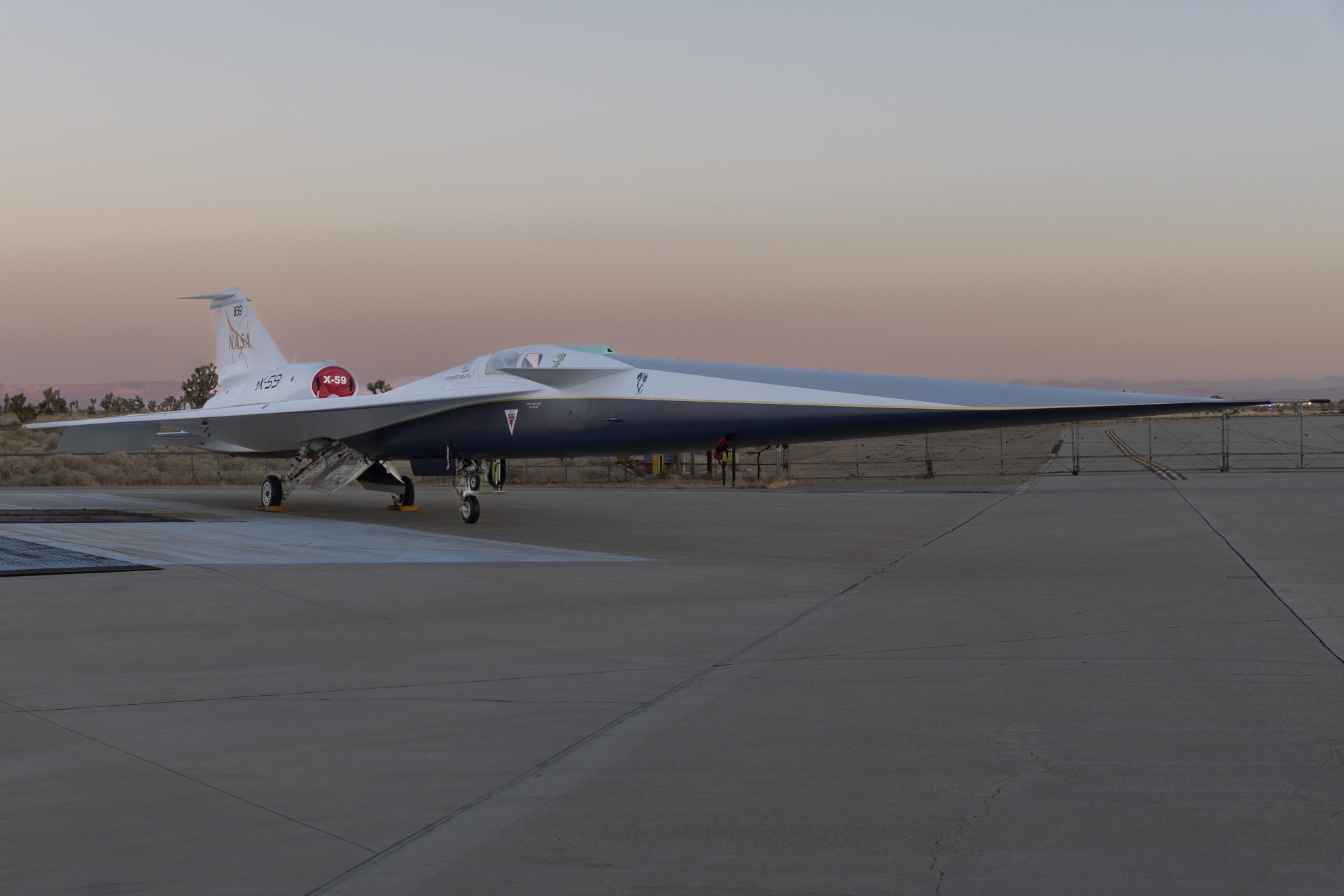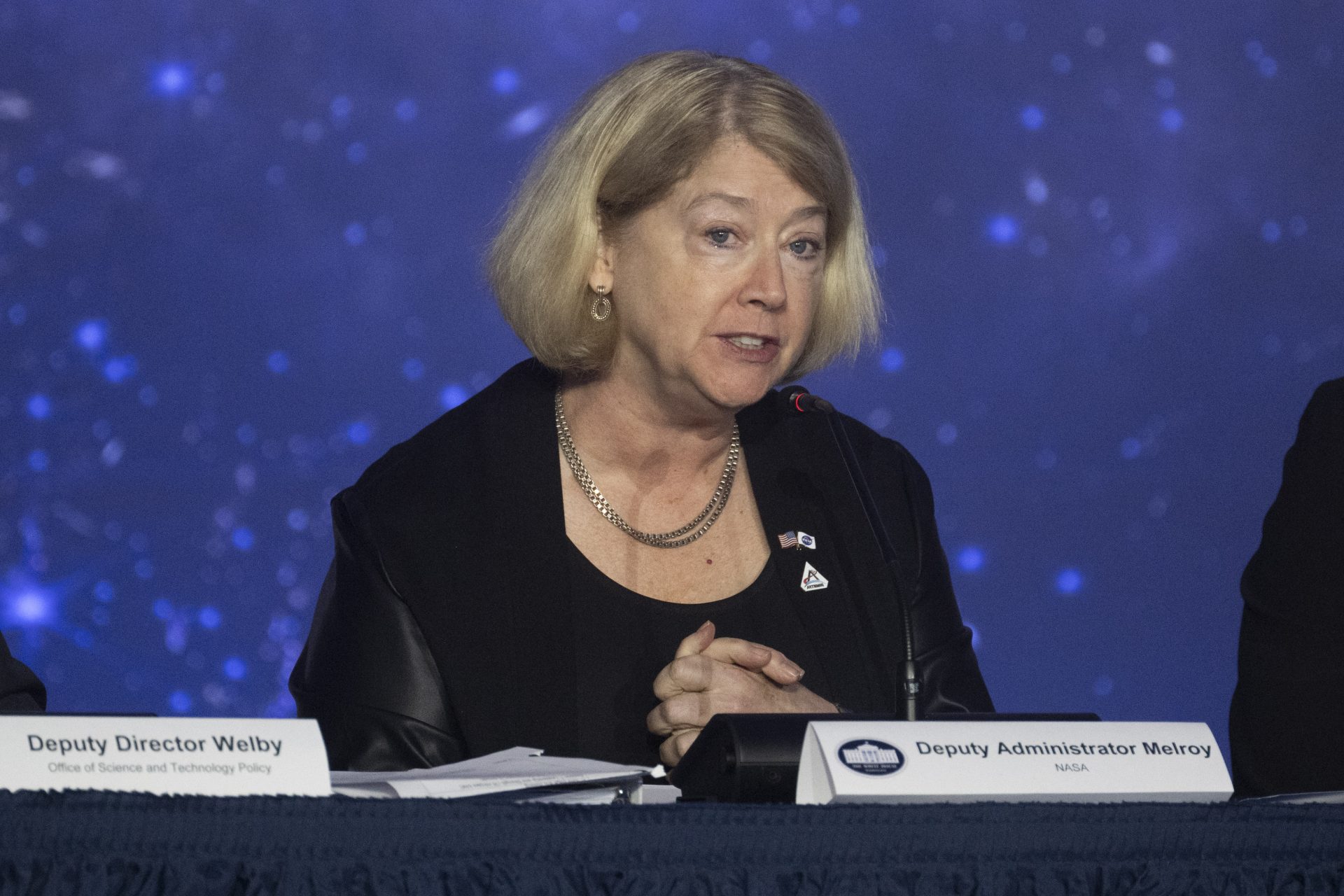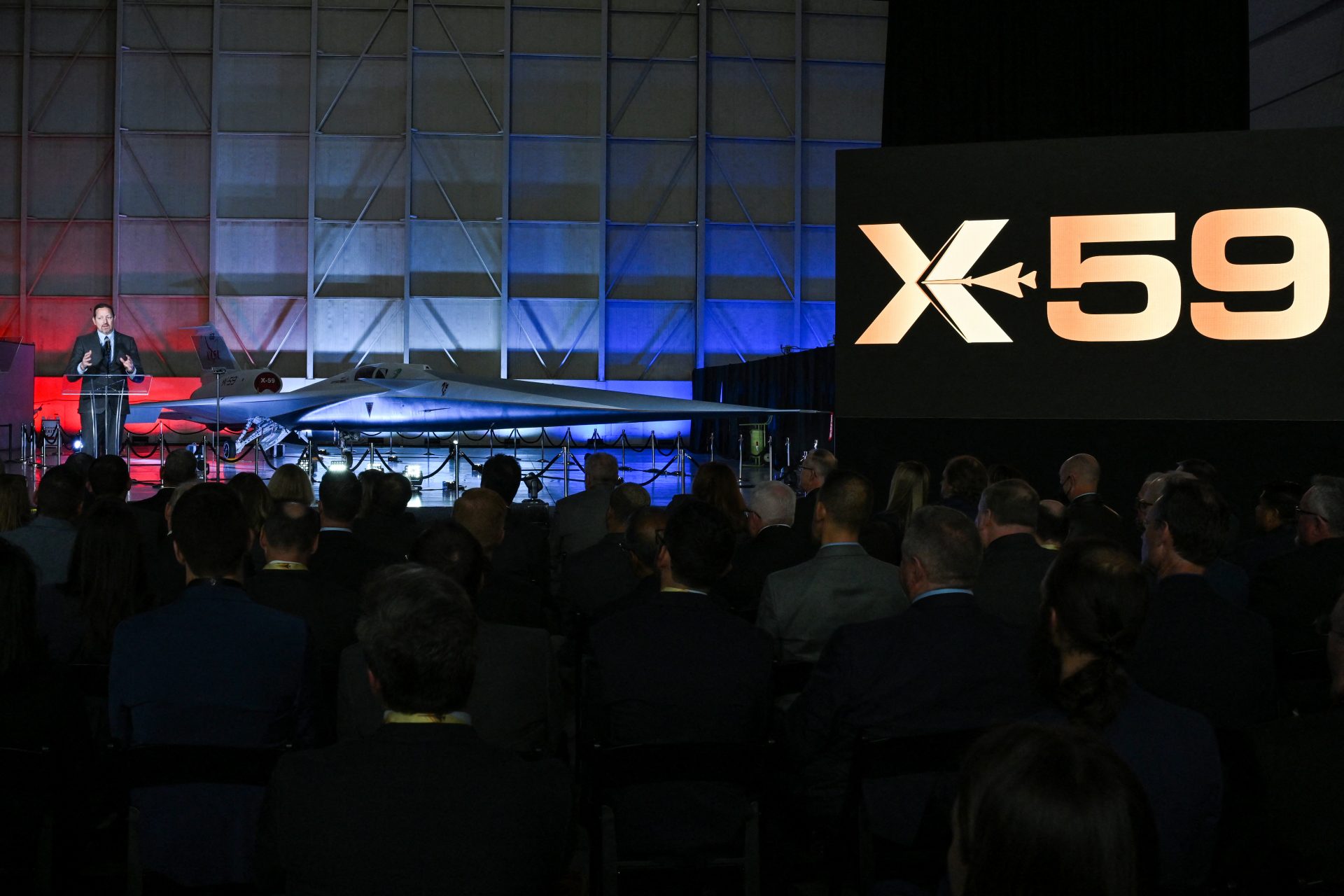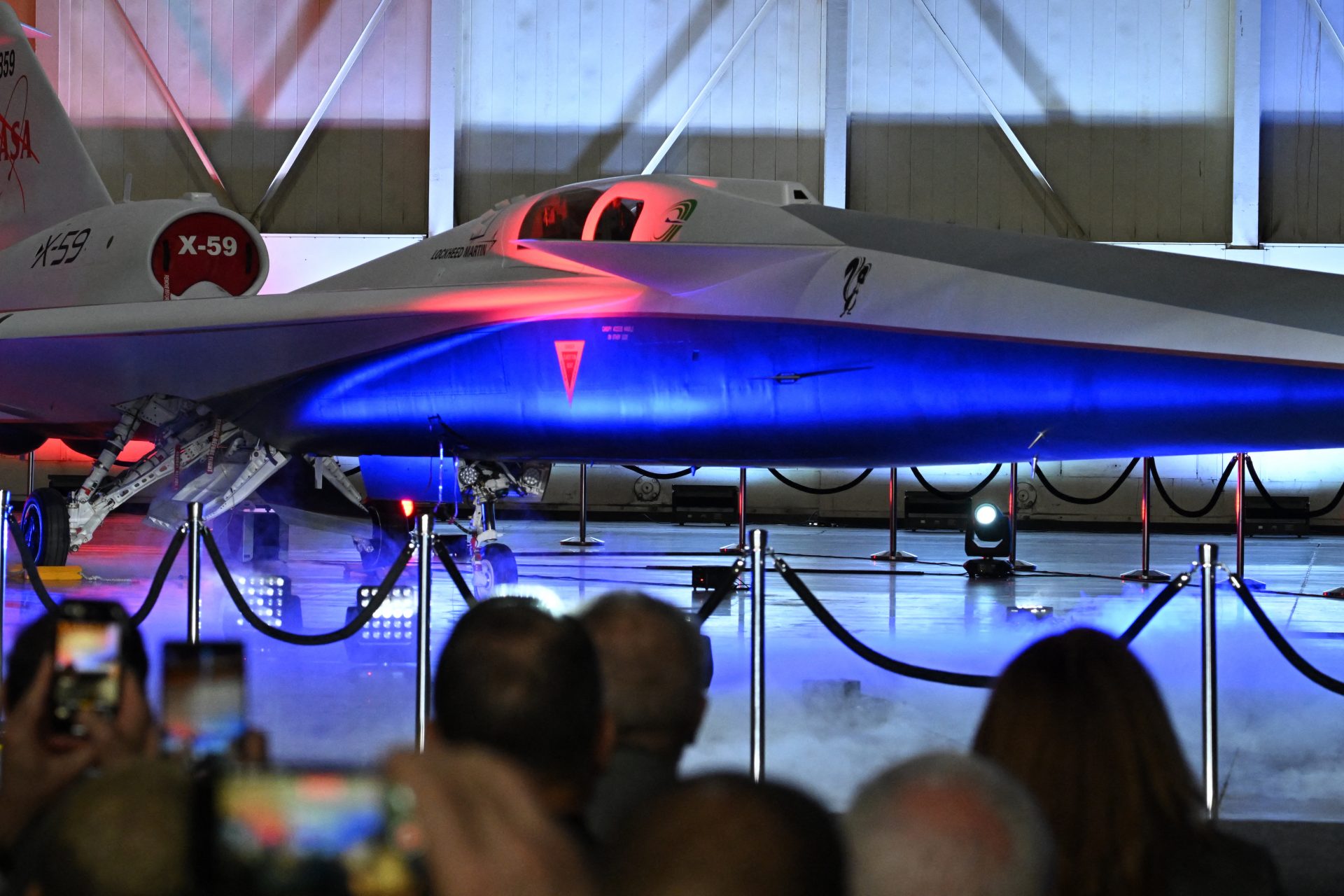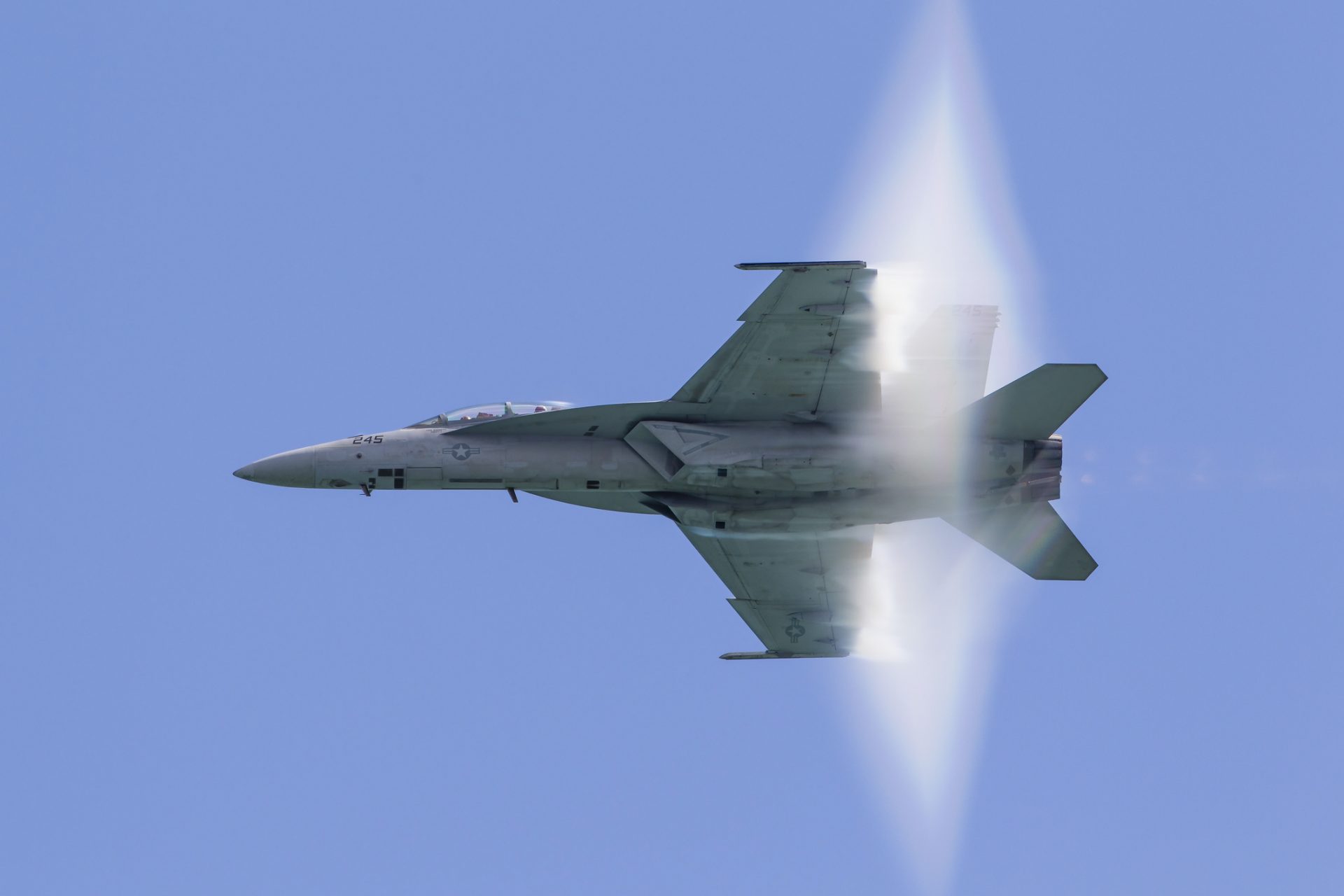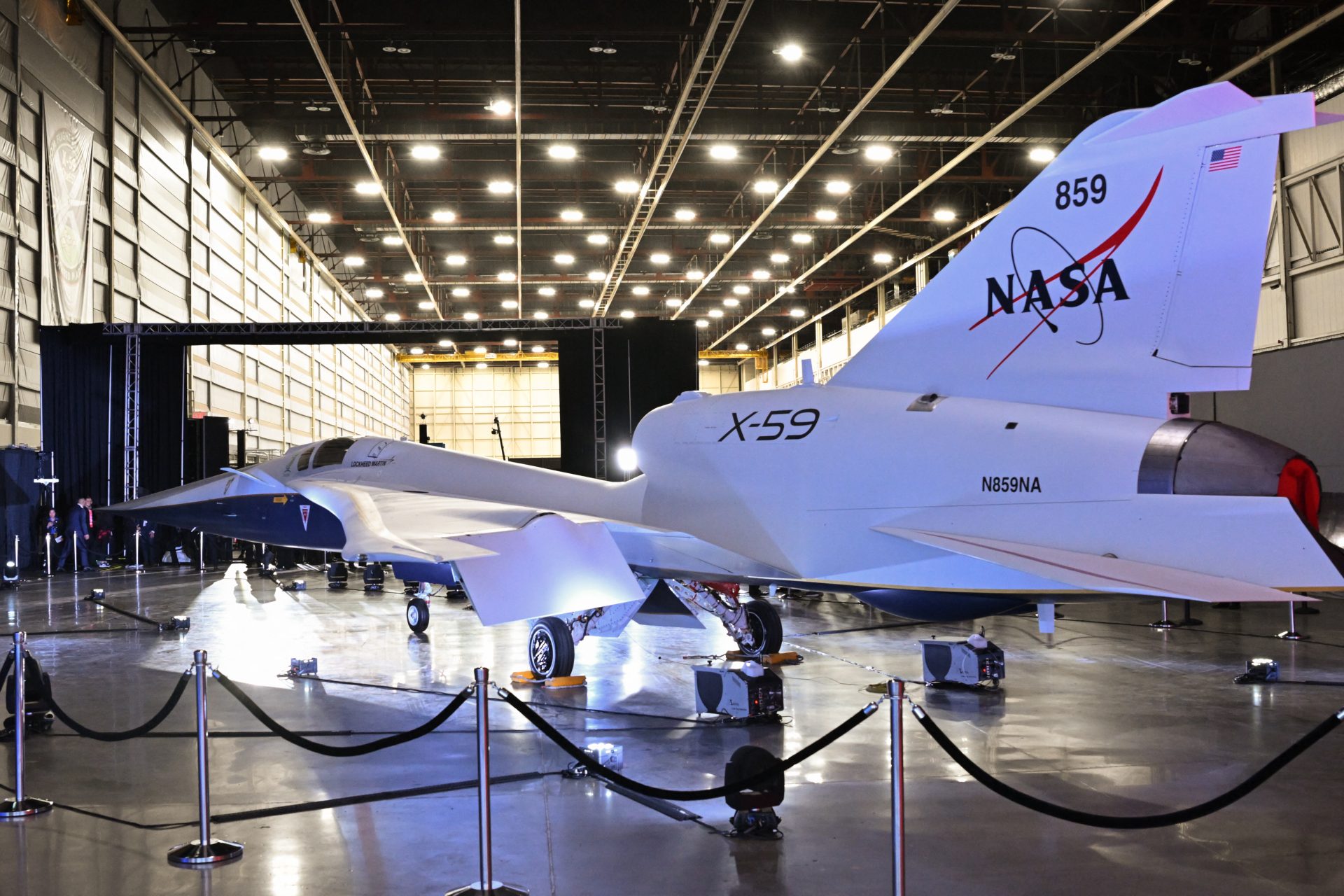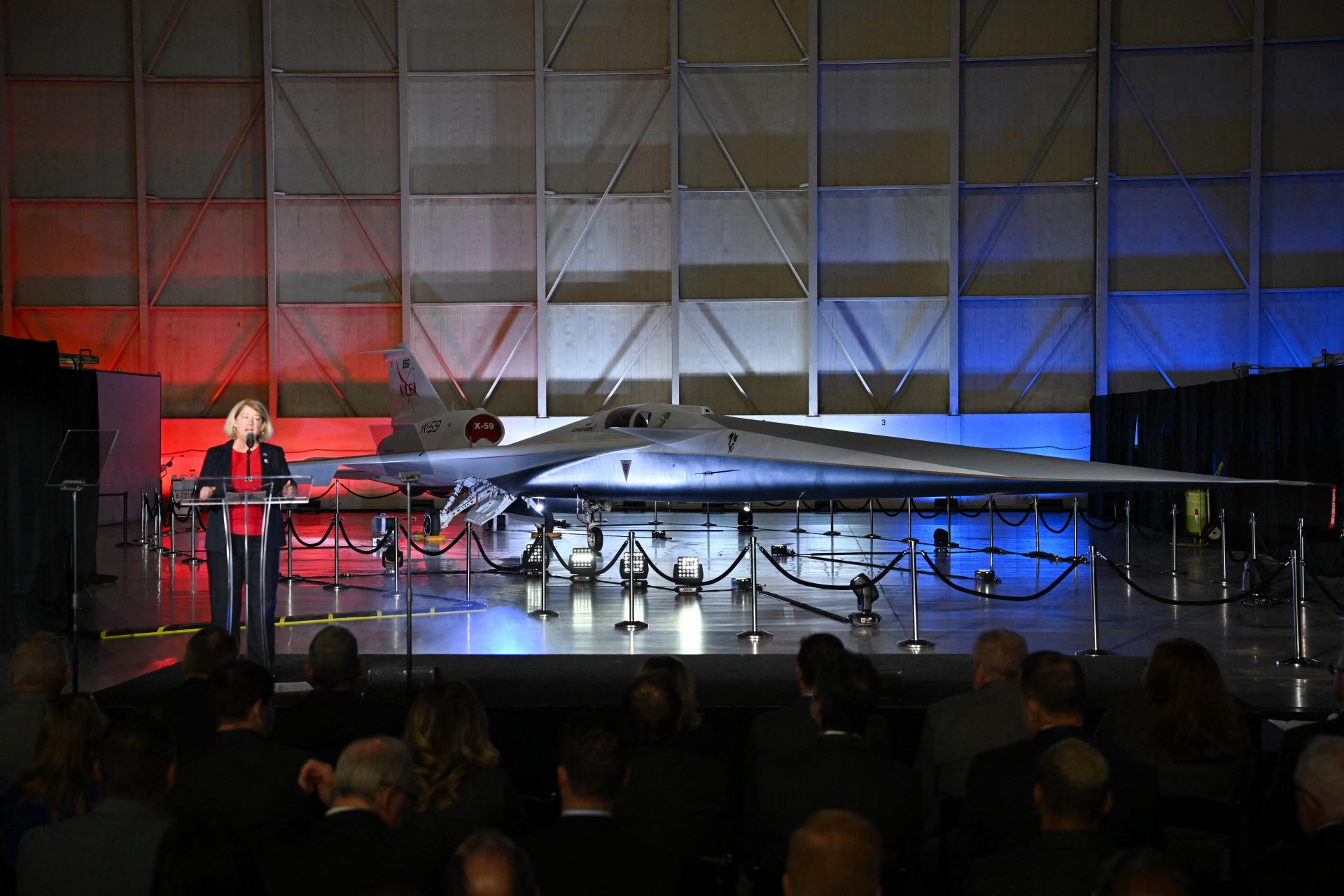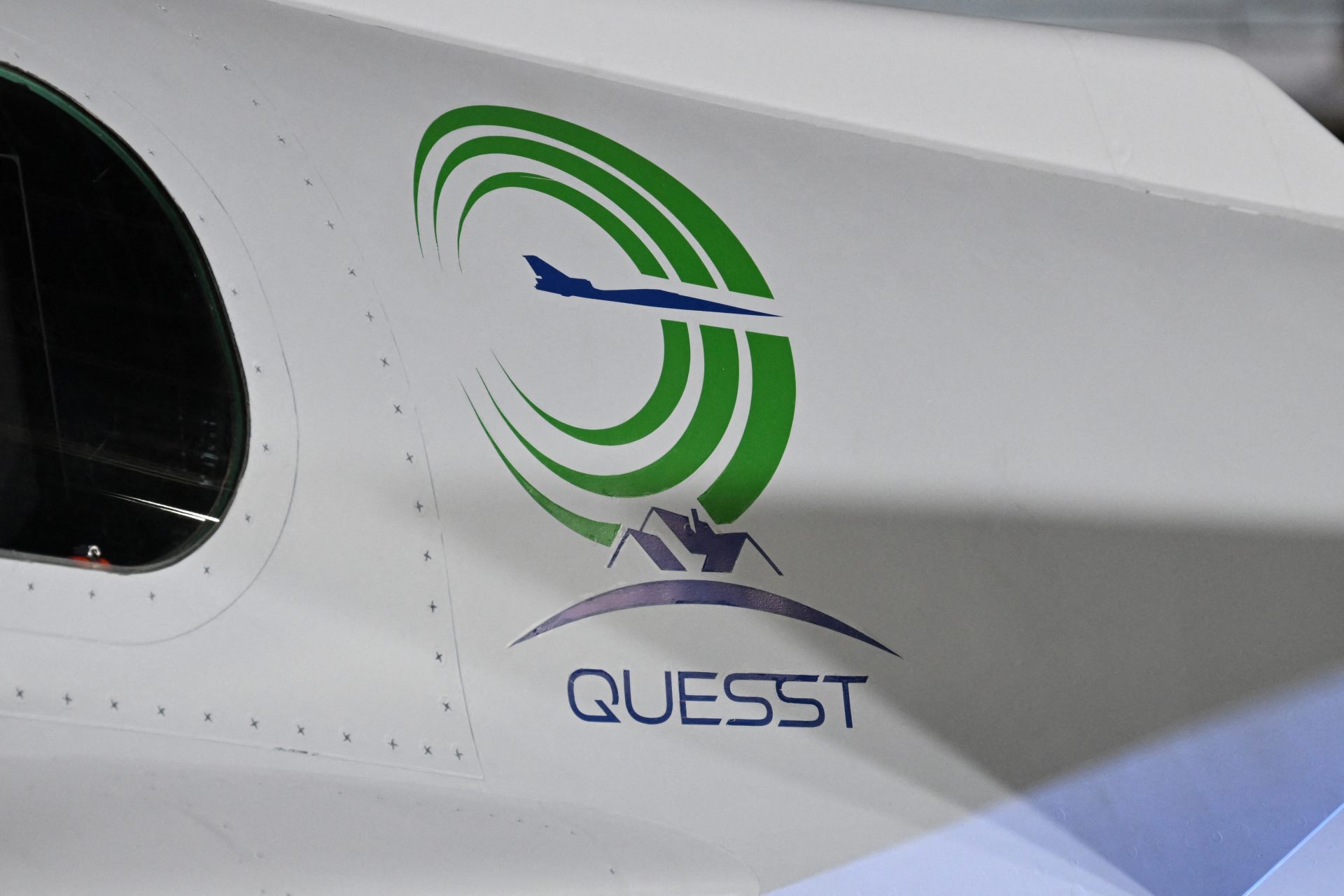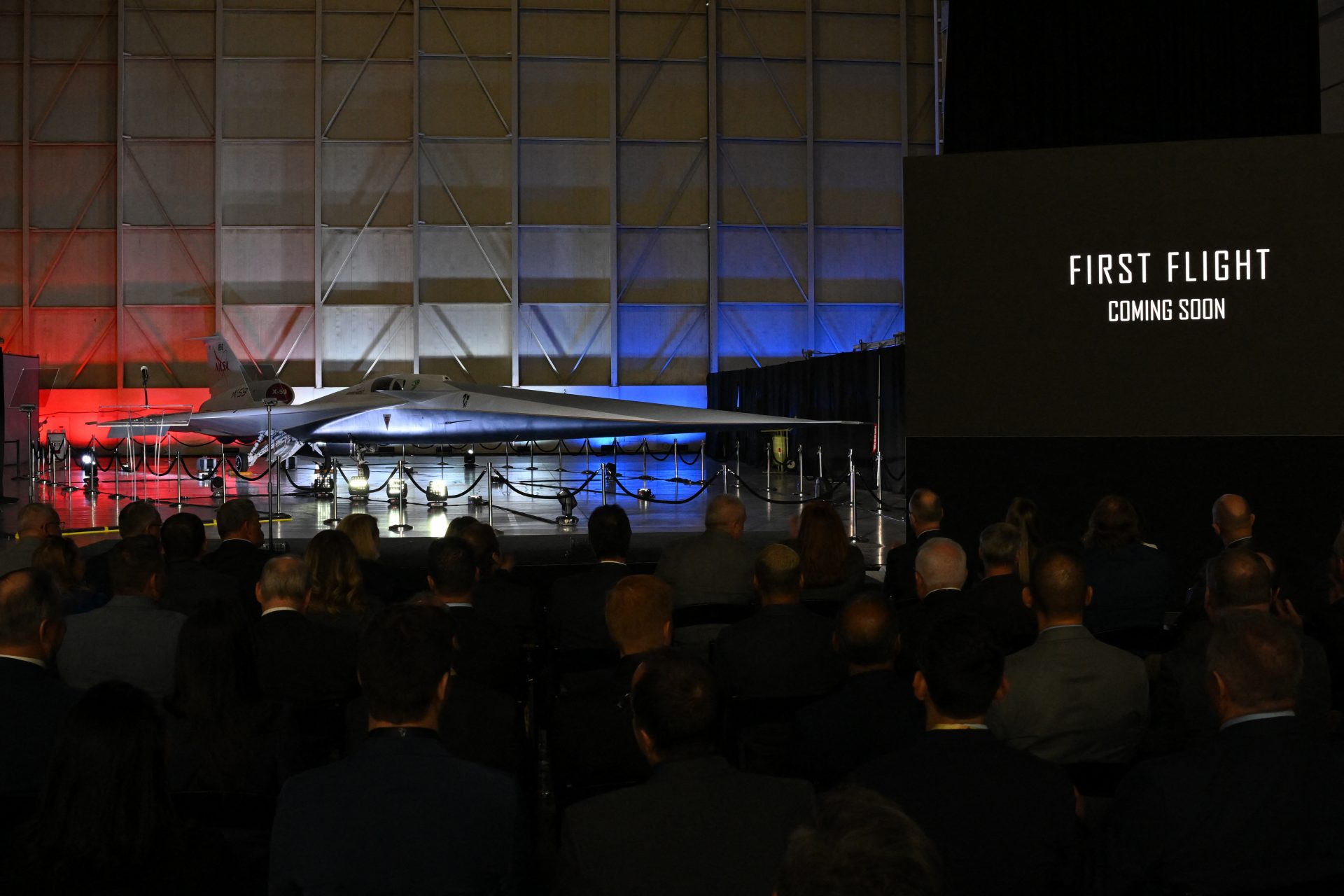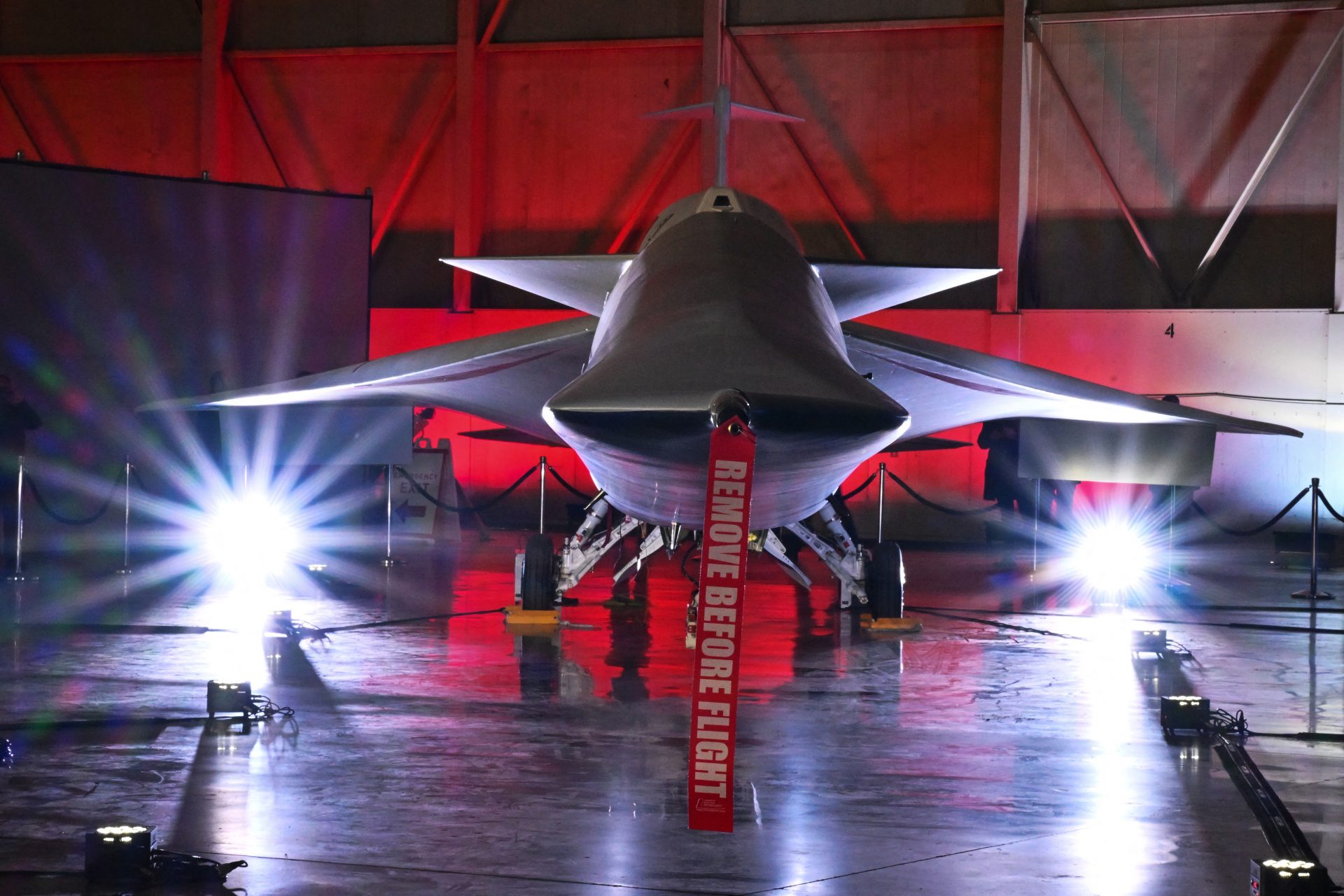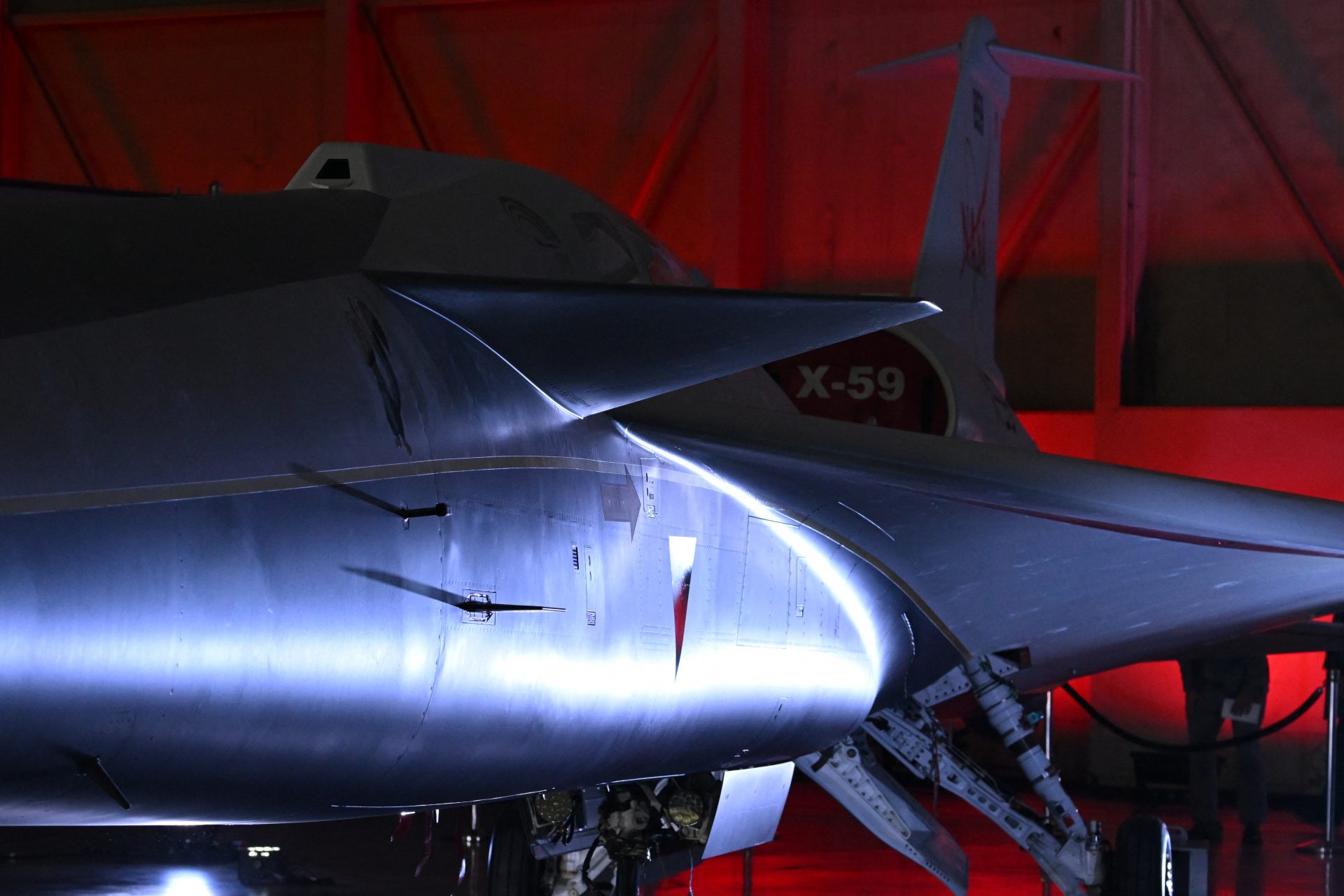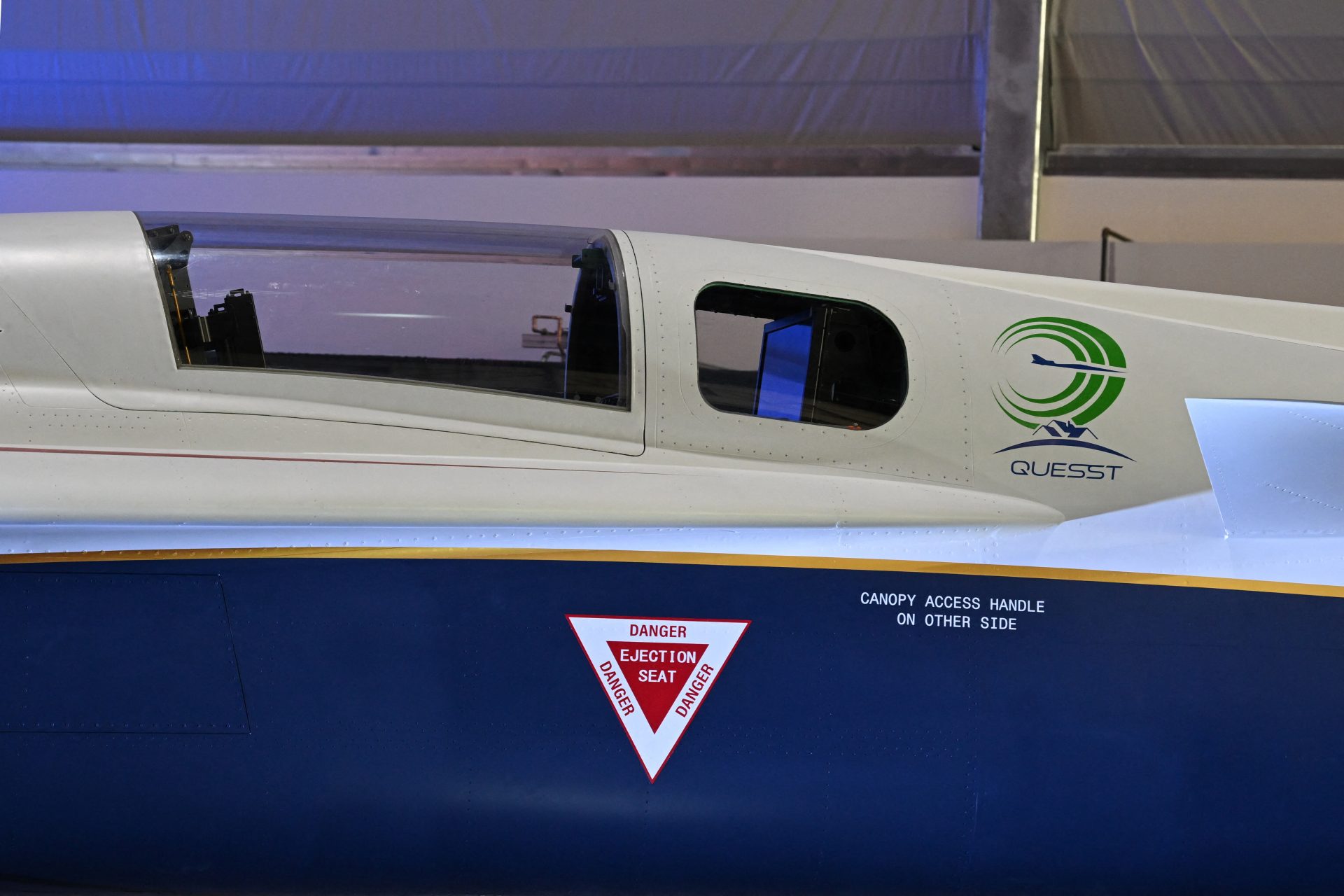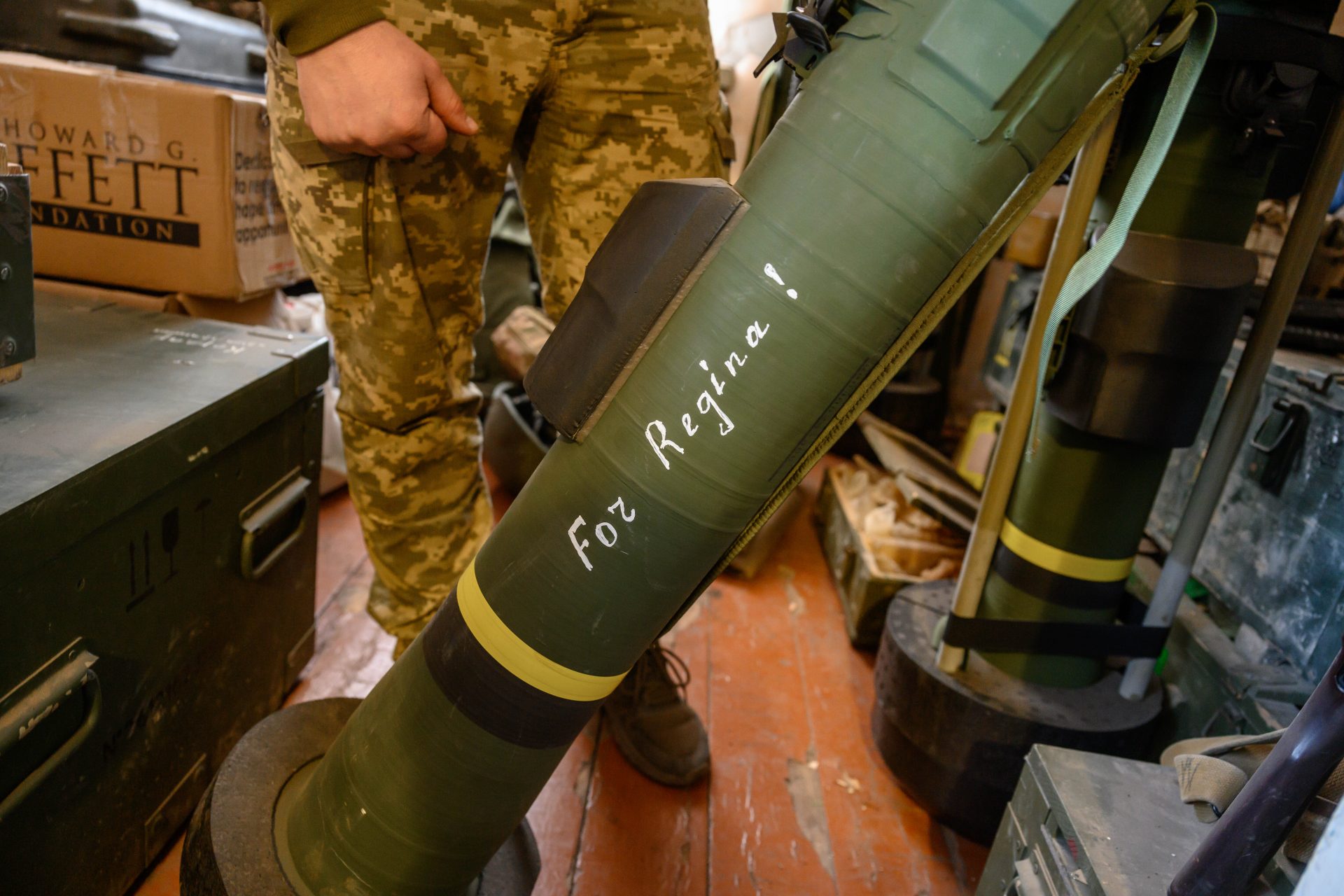NASA just revealed its new supersonic jet and its awesome
NASA has finally introduced the world to its revolutionary new supersonic jet aircraft and the machine is a lot more impressive than you might think. Let’s take a look at the X-59 as well as why the supersonic airplane was developed.
Designed in collaboration with Lockheed Martin’s advanced development program Skunk Works, the X-59 is a modern take on an old classic: the supersonic jet. However, this aircraft was made to be far quieter than its predecessors.
Original supersonic jet technology was a marvel when it was harnessed for commercial use for the first time in the form of the Franco-British Concorde airplane, which was a supersonic jet The Telegraph noted could fly at cruising speeds of roughly 1,350 miles per hour.
The Concorde could travel from New York to London in a little less than three hours but the airliner had one major flaw aside from its later safety record: it was extremely loud and bothersome to others while it was flying at supersonic speeds. Que NASA’s X-59.
The X-59 is an experimental new airframe designed by NASA and Lockheed Martin so that new theories on quieter supersonic travel can be tested in order to pave the way toward a new future of supersonic commercial aircraft travel.
Photo Credit: Wiki Commons By NASA/Steve Freeman
“This is a major accomplishment made possible only through the hard work and ingenuity from NASA and the entire X-59 team,” said NASA Deputy Administrator Pam Melroy according to press release published on NASA’s website.
“In just a few short years we’ve gone from an ambitious concept to reality,” Meroy added before going on to note that “NASA’s X-59 will help change the way we travel, bringing us closer together in much less time.”
The X-59 is at the center of NASA’s Quesst mission which is focused on gathering data that will encourage regulators in the United States and other countries to change their prohibition on the use of supersonic aircraft in commercial aviation.
The United States has prohibited the use of commercial supersonic aircraft for decades because of the aircraft's loud noise when flying faster than the speed of sound. Supersonic jets cause loud booming sounds when breaking the sound barrier and they can disrupt communities along their flight paths.
NASA’s X-59 was designed to combat the loud noises produced by flying at supersonic speeds and the aircraft's engineers have designed the plane to be as quiet as possible while still achieving astonishing speeds NASA explained in its press release.
The X-59 is expected to be able to fly faster than 1.4 times the speed of sound, which is about 925 miles per hour. However, the unique shape and design of the aircraft will work to dampen the sonic thump that results from such high speeds
“It’s thrilling to consider the level of ambition behind Quesst and its potential benefits,” said NASA Associate Administrator for Aeronautics Research Bob Pearce, who added that the data gathered will help open new commercial markets in the US and around the world.
Once NASA has completed the X-59's test flights, several cities will be selected for the first flyovers of the aircraft so the space agency can begin collecting data on the sounds it creates and how they affect those on the ground.
"This is a moment, future generations will look back upon with both awe and admiration," explained Lockheed Martin's Vice President of Aeronautics Greg Ulmer during the X-59's unveiling ceremony on January 12th according to Space.com.
"The Skunk Works mantra of quick, quiet, and quality takes on a whole new meaning. As we usher in the hopes of a new era of quiet supersonic travel, made possible through our collaboration with NASA,” Ulmer continued.
The X-59 is an impressive sight to behold at 99.7 feet long and 29.5 feet wide. But what really makes the experimental aircraft interesting is its thin nose and airframe combined with the placement of its cockpit and top-mounted engine.
Photo Credit: Wiki Commons By NASA
"The first A in NASA stands for aeronautics,” Pam Melroy said during the jet's unveiling, “and we're all about groundbreaking aerospace innovation… The X-59 proudly continues this legacy, representing the forefront of technology driving aviation forward."
More for you
Top Stories



